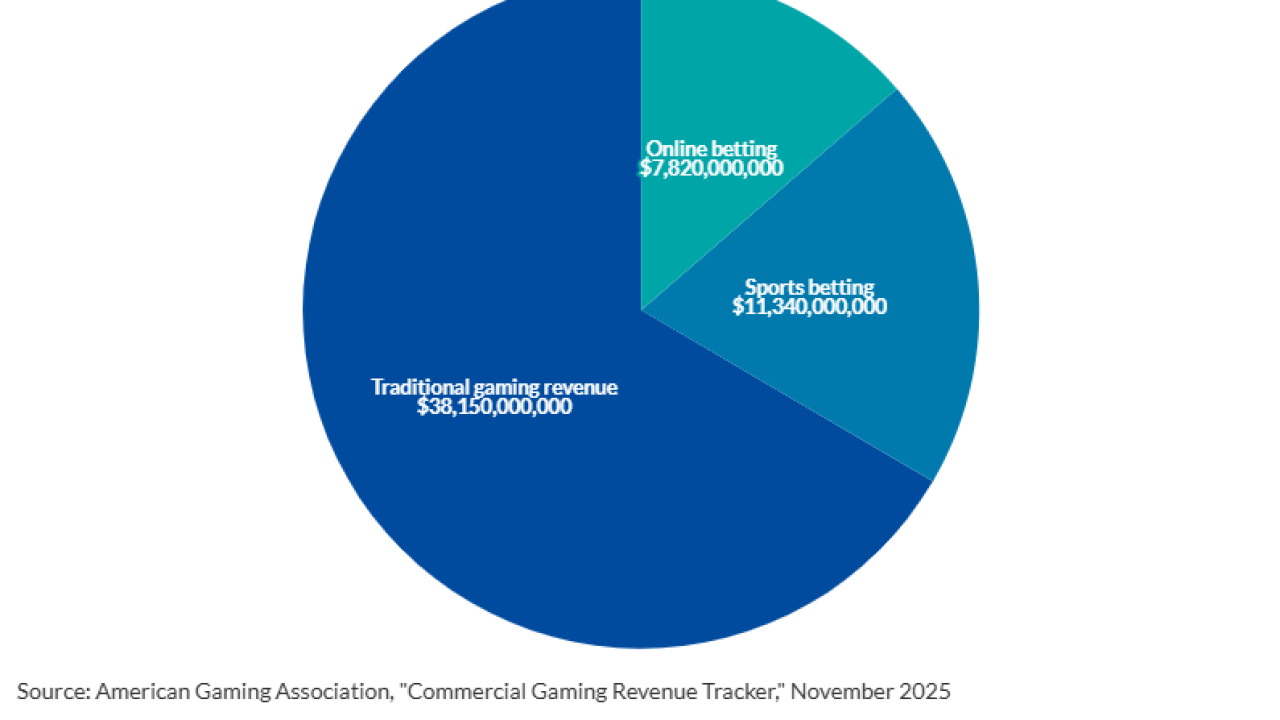
Individuals and businesses in Texas affected by severe storms, straight-line winds and flooding that began on July 2 now have until next Feb. 2 to file various federal individual and business returns and make tax payments.
Following the disaster declaration issued by the Federal Emergency Management Agency, individuals and households residing or having a business in Burnet, Kendall, Kerr, Kimble, Menard, San Saba, Tom Green, Travis and Williamson Counties qualify for this relief.
The current list of eligible localities is on the IRS
Affected individuals and businesses have until Feb. 2, 2026, to file returns and pay any taxes that were originally due during this period. The February deadline applies to:
- Any individual, business or tax-exempt organization that has a valid extension to file their 2024 return due to run out on Oct. 15, 2025;
- Quarterly estimated income tax payments normally due on Sept. 15, 2025, and Jan. 15, 2026;
- Quarterly payroll and excise tax returns normally due on July 31, Oct. 31, 2025, and Jan. 31, 2026;
- Calendar-year partnerships and S corps whose 2024 extensions run out on Sept. 15, 2025;
- Calendar-year corporations whose 2024 extensions run out on Oct. 15, 2025;
- Calendar-year tax exempt organizations whose extensions run out on Nov. 17, 2025.
Payments for returns on a filing extension are ineligible for additional time to pay as filing extensions only apply to the filing of the return and not to payments.
If an affected taxpayer that has an original filing, payment or deposit due date that falls within the postponement period receives a late filing or late payment penalty notice from the IRS, the taxpayer should call the number on the notice to have the penalty abated.
(Read more:
The agency automatically identifies taxpayers in the covered disaster area and applies filing and payment relief. Affected taxpayers who reside or have a business outside the covered area should call IRS Special Services at (866) 562-5227 to request this relief. Tax practitioners in the covered disaster area who maintain records necessary to meet a filing or payment deadline for taxpayers located outside the disaster area may contact IRS Special Services; if the practitioner maintains the necessary records of 10 or more clients, refer to
Affected taxpayers in a federally declared disaster area have the option of claiming disaster-related casualty losses on their federal income tax return for either the year in which the event occurred or the prior year (in this instance, the 2025 return normally filed next year or the return for the prior year (the 2024 return filed this year).
Taxpayers have up to six months after the due date of the taxpayer's federal income tax return for the disaster year, without regard to any extension of time to file, to make the election. For individual taxpayers, this means Oct. 15, 2026.
Affected taxpayers claiming the disaster loss on their return should put the FEMA disaster declaration number, 4879-DR, on any return.





